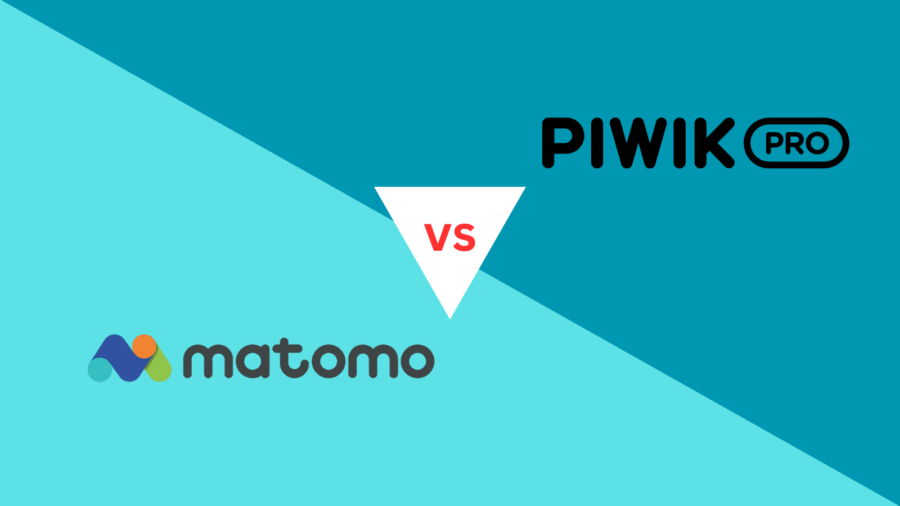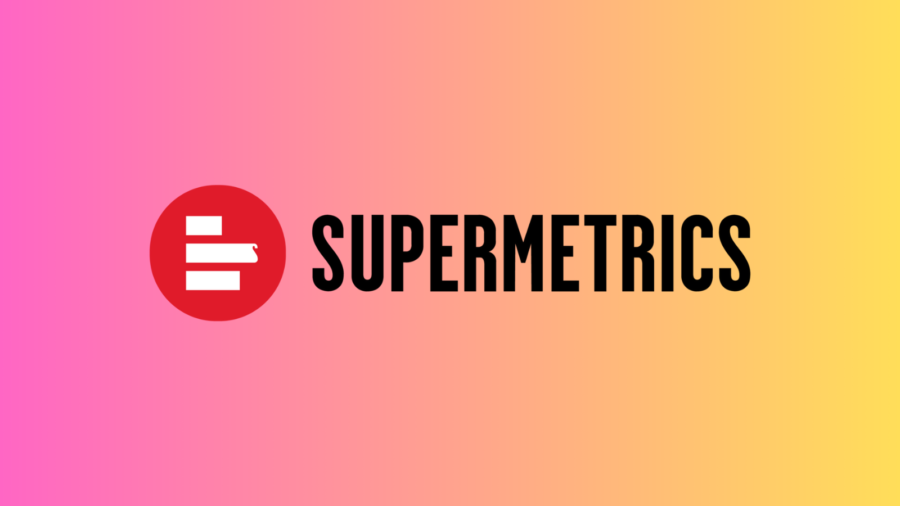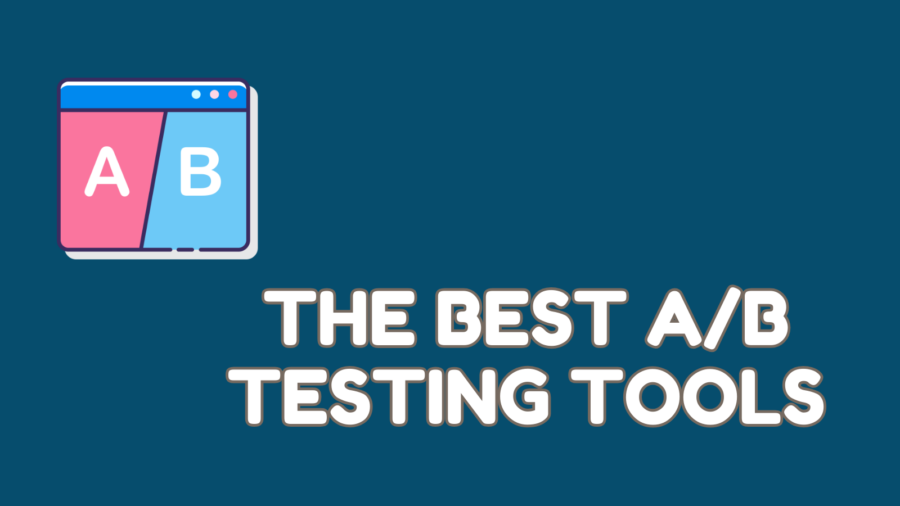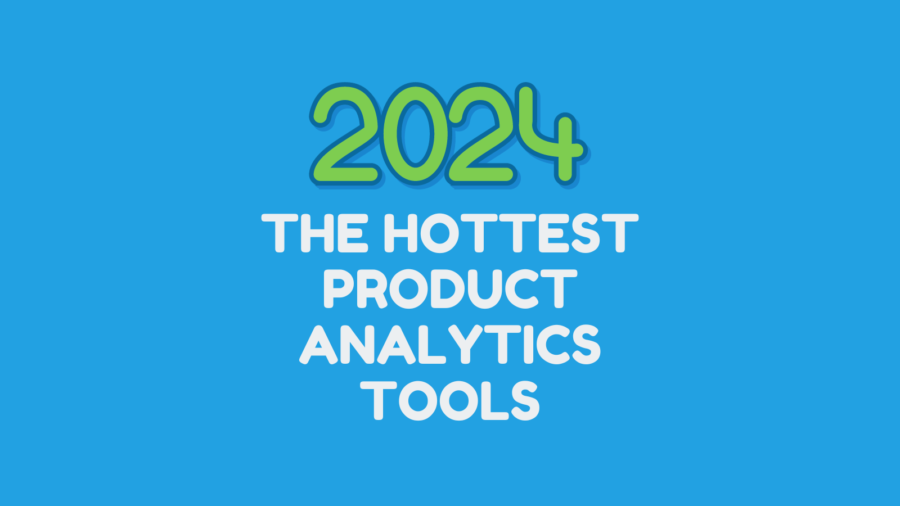Product analytics is the backbone of successful product management, as it provides crucial insights into user behavior, product performance, and user satisfaction. Among the leading product analytics tools in the market, Pendo and Amplitude have gained widespread recognition for their robust capabilities and user-friendly interfaces. In this comprehensive comparison, we will explore each tool’s strengths, weaknesses, and unique features, helping product managers and stakeholders make informed decisions based on their specific needs and objectives.
Understanding Pendo and Amplitude
Pendo: Empowering Product Teams with In-App Guidance and Insights
Pendo is an all-in-one product analytics platform designed to empower product teams with actionable insights into user behavior. By utilizing JavaScript snippets and SDKs, Pendo captures in-depth data on how users interact with web and mobile applications. This data is then presented through interactive visualizations such as heatmaps and session recordings, offering product managers a deeper understanding of user engagement and interaction.
One of Pendo’s standout features is its powerful in-app messaging and nudging capabilities. Through targeted messages, surveys, and walkthroughs, product managers can effectively guide users through onboarding, increase feature adoption, and promptly address pain points. Additionally, Pendo’s user feedback collection mechanisms, including Net Promoter Score (NPS) surveys and in-app polls, provide valuable insights into user sentiment, allowing product teams to make data-driven decisions.
Amplitude: Data Exploration and Analysis at Scale
Amplitude is a robust product analytics platform that excels in data exploration and analysis. Like Pendo, Amplitude offers SDKs for various platforms, but it goes a step further by supporting data ingestion from server-side sources, making it more versatile in handling data from a wide range of applications. The platform’s data exploration capabilities are top-notch, allowing product managers to create complex queries, funnels, and behavioral cohorts with ease.
Amplitude’s user segmentation capabilities are another strong suit, enabling product managers to create highly targeted cohorts based on user behavior and attributes. This granularity helps personalize user experiences, improve user engagement, and optimize the overall product experience. While Amplitude does offer some in-app messaging features, they may not be as comprehensive as Pendo’s, making it a better fit for product teams primarily focused on data exploration and analysis.
Feature Comparison
Data Collection and Integration:
Both Pendo and Amplitude offer robust data collection options. Pendo relies on JavaScript snippets and SDKs, while Amplitude supports SDKs and accommodates server-side data ingestion, making it more adaptable to diverse application architectures.
User Behavior Tracking:
Pendo excels in capturing detailed user interactions within the product, offering heatmaps, session recordings, and event tracking. Amplitude, on the other hand, is renowned for its event tracking and segmentation capabilities, enabling granular analysis and custom funnel creation.
In-App Messaging and Nudging:
Pendo takes the lead in providing comprehensive in-app guidance with targeted messages, surveys, and walkthroughs. These features are instrumental in user onboarding and feature adoption. Amplitude also supports in-app notifications, but it may not offer the same level of sophistication as Pendo in this regard.
Data Exploration and Visualization:
Amplitude’s strength lies in its robust data exploration and visualization capabilities. Its user-friendly interface makes product managers effortlessly create complex queries and charts, enabling deeper insights and hypothesis testing. Pendo offers valuable insights but may not match the same depth of data exploration provided by Amplitude.
User Feedback Collection:
Pendo’s native feedback collection mechanisms, such as NPS surveys and in-app polls, make it a leader in gathering user sentiment and feedback. Amplitude also supports user feedback integration but may not offer the same level of seamless user feedback collection as Pendo.
Collaboration and User Permissions:
Both Pendo and Amplitude understand the importance of collaboration and user access control. Pendo allows the creation of multiple roles and permissions, making it easy to manage team access. Amplitude provides fine-grained access control to ensure data privacy and security.
Pricing and Scalability:
Pricing models for Pendo and Amplitude differ significantly. Pendo’s pricing is typically based on the number of active users, which could be a concern for rapidly growing products. In contrast, Amplitude’s pricing is more flexible and often based on data volume and service requirements, making it a viable option for large-scale enterprises.
Strengths of Pendo
User Onboarding and Adoption:
Pendo’s in-app messaging and walkthroughs play a crucial role in guiding new users through the product and increasing feature adoption rates. By proactively addressing user needs and pain points, Pendo helps reduce churn and fosters a positive user experience.
Feature Usage Insights:
Pendo’s focus on feature-specific usage analytics empowers product managers to understand which features are most popular, which ones are underutilized, and where users encounter difficulties. This information is invaluable for prioritizing feature development and optimizing the product roadmap.
User Behavior Visualization:
Pendo’s visualizations, including heatmaps and session recordings, provide product managers with a clear view of how users engage with the product. These insights enable them to identify usability issues and areas for improvement, ultimately enhancing the overall user experience.
Strengths of Amplitude
Data Exploration and Analysis:
Amplitude’s robust data exploration capabilities make it a preferred choice for product teams seeking deeper insights from their data. Its ability to create complex queries, funnels, and behavioral cohorts empowers product managers to make informed decisions based on data-driven analysis.
Robust Segmentation:
Amplitude’s user segmentation features enable product managers to create highly targeted cohorts, leading to personalized user experiences and increased user engagement. This level of granularity helps identify and address specific user needs effectively.
Cross-Platform Support:
Amplitude’s capability to ingest data from various sources, including mobile apps, web applications, and server-side systems, makes it well-suited for businesses with diverse product offerings.
Weaknesses
Pendo’s Weaknesses:
While Pendo is excellent at providing feature-specific analytics and in-app guidance, it may not match Amplitude’s depth of data exploration and analysis capabilities. Additionally, Pendo’s pricing model based on active users might be a limiting factor for rapidly scaling products.
Amplitude’s Weaknesses:
Amplitude’s in-app messaging and guidance capabilities may not be as comprehensive as Pendo’s. For product managers heavily focused on advanced in-app nudging and user onboarding, Pendo might be a more suitable choice.
Conclusion
The decision between Pendo and Amplitude ultimately depends on the unique requirements and objectives of your product team. Pendo’s strengths lie in its in-app guidance and feature-specific usage analytics, making it an excellent choice for product managers aiming to improve user onboarding, adoption, and engagement. On the other hand, Amplitude’s robust data exploration and segmentation capabilities cater to data-driven product teams seeking deeper insights and analysis.
By thoroughly understanding the features and capabilities of both tools, product managers can make an informed choice that aligns with their product analytics strategy. Regardless of the chosen tool, the key to successful product analytics lies in leveraging data to drive decision-making, optimize user experiences, and ultimately achieve product success.
Check more comparisons from our Unraveling the Power of Product Tools series.





